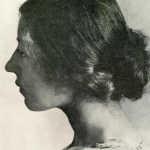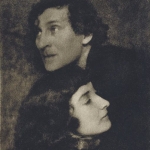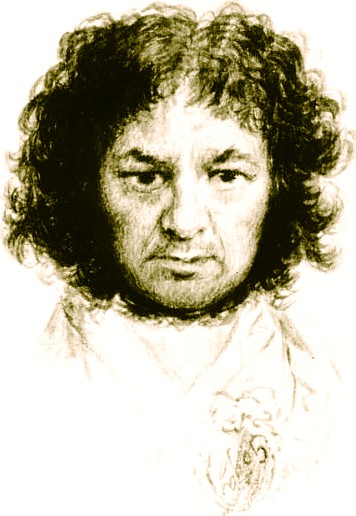GOYA ~ WITCHES’ SABBATH

Witches’ Sabbath is a 1798 oil on canvas by the Spanish artist Francisco Goya . Goya used the imagery of covens of witches in a number of works, most notably in one of his Black Paintings, Witches Sabbath or The Great He-Goat(1821–1823) which contains similar sharp political and social overtones. At the time, a bitter struggle raged in Spain between liberals and those in favour of a church and a royalist-lead state
Witches’ Sabbath shows the devil in the form of a garlanded goat, surrounded by a coven of disfigured, young and aging witches in a moonlit barren landscape. The goat possesses large horns and is crowned by a wreath of oak leaves. An old witch holds an emaciated infant in her hands. The devil seems to be acting as priest at an initiation ceremony for the child, though popular superstition at the time believed the devil often fed on children and human foetuses. The skeletons of two infants can be seen; one discarded to the left, the other held by a crone in the centre foreground.
The English word “sabbat” came indirectly from Hebrew (שַׁבָּת). In Hebrew it means “to cease” or “to rest”. In Judaism Shabbath is the rest day celebrated on Saturday. In connection with the Medieval popularity of the belief that Jews worship the Devil, satanic gatherings of witches were called “sabbats” or synagogues. The latter is a Jewish places of worship, much like a church. Alternately, some Christians were accused of Judaizing. Christian Sabbathkeepers, who never accepted Emperor Constantine’s edict in 321 A.D., the first enforcing Christian worship on Sunday rather than on Sabbath, were demonized and accused of witchcraft; hence, the accusatory nomenclature, “witches’ sabbath.”
Source Wikipedia





